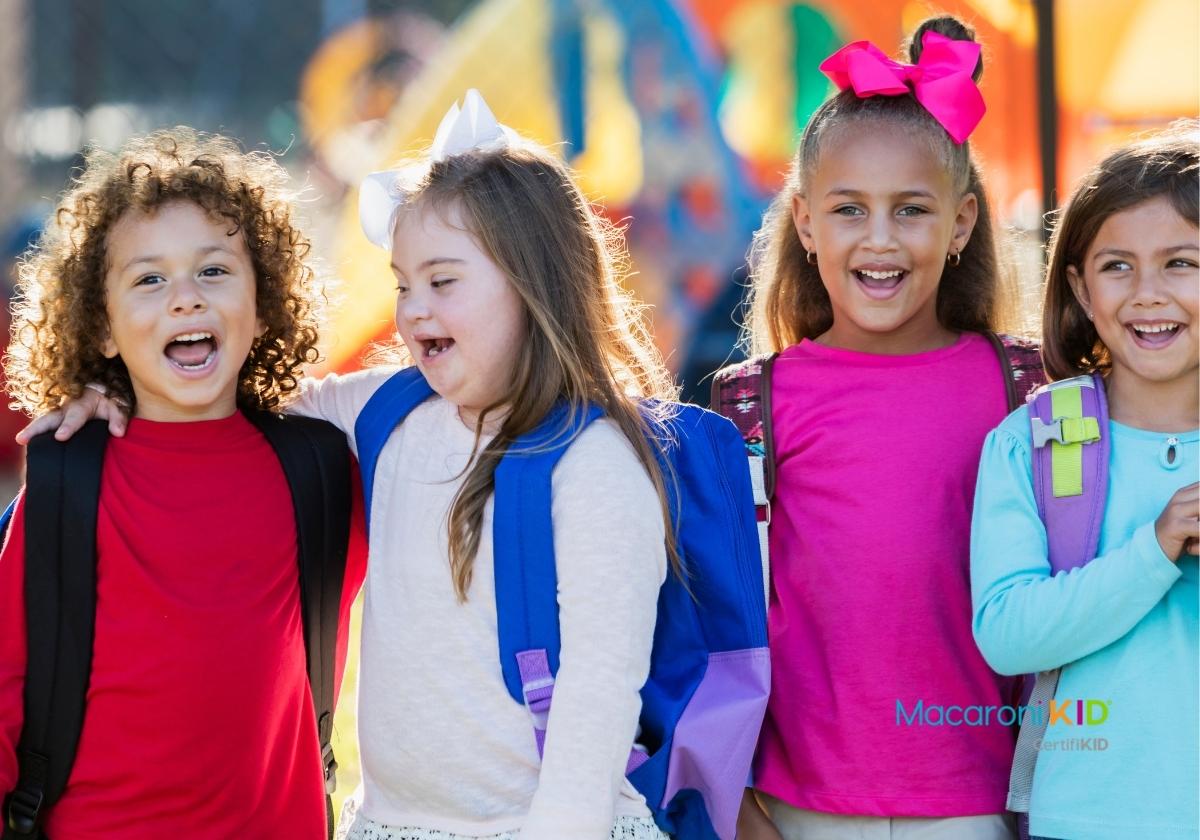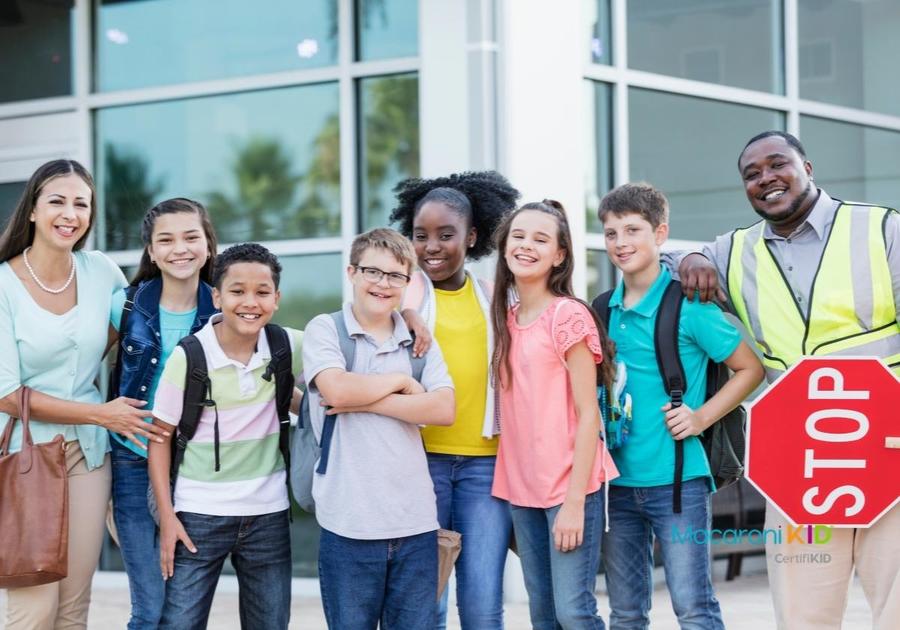A change of routine can be unsettling for anyone, but especially so for younger children and students with developmental disabilities.
Here are 7 things you can do in advance to help get your child back in the school routine and prepared for the structure and expectations of the classroom:
 FatCamera via Canva FatCamera via Canva |
Equip your child's teachers and therapists
- If possible, meet your child's teachers and therapists before school begins and review the IEP or 504 plan to ensure accommodations are in place.
- Provide a ‘Get To Know Me’ document that introduces your child to his teachers and specialists. Include info about your child's interests, strengths, and challenges; share tips on how to motivate them; list any behavior interventions you find successful; and let them know what skills you are working on at home. You may also want to add basic facts and resources about your child's disability.
Take your child back-to-school clothes shopping
- If your child's school requires uniforms, make sure to try them on in advance to address any sensory issues before school starts.
- Have your child pick out some back-to-school clothes to eliminate morning battles.
- If you get new shoes, have them wear the new shoes for a few days to break them in.
Practice transportation procedures
- Make sure your child knows how they will be getting to and from school (walk, car, or bus) and where they will be dropped off and picked up at home and at school.
- Have them memorize their bus number and put it on a tag on their backpack. During the first week, consider writing it on their hand.
- The morning before school starts, do a practice run of your routine including getting dressed, eating breakfast, getting backpacks ready, and getting in the car or to the bus stop on time.
 kali9 via Canva |
Review personal space
- Discuss the proper use of personal space.
- Review what is appropriate touch and what is not.
- A small hula hoop is a good way to illustrate personal space. Put one around your child and one around you and stand in front of one another to show an appropriate distance.
Practice lunchtime procedures
- When buying lunch, kids often need to make a menu decision at the beginning of the day. Schools usually post the monthly menu so you can review the choices with your child ahead of time.
- Get a plastic tray from a dollar store and have your child practice going through the lunch line, asking for items, and placing them on the tray.
- They will also often need to know their student number to check out at lunch. Place a sign with their number in your kitchen and have them review it daily.
- Have your child practice opening their milk carton and any items you might send in a packed lunch. They may have lunchroom assistants to help, but your child will have a better chance of eating within the time limits if they don't have to wait for help opening their food. Make sure the teacher knows if they need assistance.
- Lunchtime is short, especially after going through the lunch line. Practice eating in 10-15 minutes.
- Explain that some people have allergies and they should not share food with friends.
- Show them which parts of their lunch get thrown away and which should go in their lunch box. If needed, laminate a picture guide and tape it to the lid of their lunch box.
Walk through their day ahead of time
- Get your child’s schedule in advance and review it together. A picture version of their schedule may be helpful to have in their backpack or on their desk.
- If the school uses bells when changing classes, practice at home using your phone to mimic the bell sound so your child becomes familiar with the loud noise.
- Attend your school's open house or registration day – or ask for a tour – so they can get familiar with the classroom, desk, bathroom locations, and where they go for specials, lunch, and recess. While there, take photos so you can build a social story about the school day.
Stop germs
- Send your child with tissues, sanitizer, and if appropriate, a mask.
- Review the importance of washing hands, keeping hands off their face, and sneezing into their elbow.
- Demonstrate the proper way for your child to blow their nose and throw away the tissue.
- Make sure your child knows not to share food or drinks.
A little advance preparation can help smooth the transition back to school and make it easier for you and your child.
Best of luck with a happy, healthy, and safe school year!
Jennifer Sheran is the publisher of Macaroni KID McDonough, Stockbridge, Locust Grove, Hampton, Ga.



